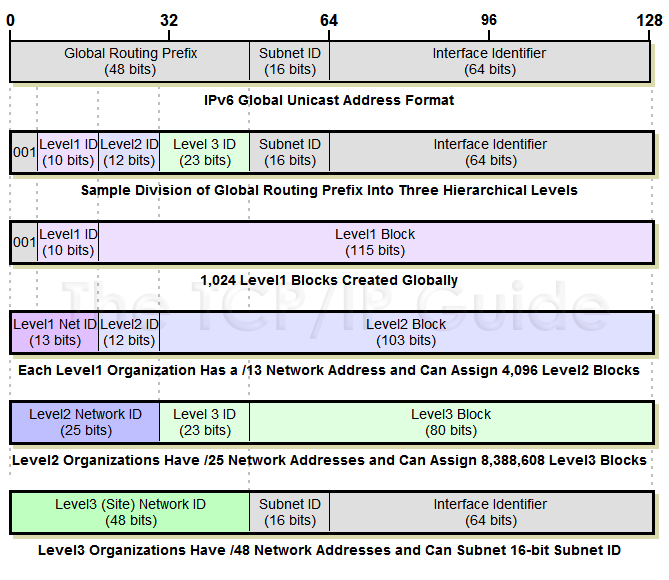 |
|
Please Whitelist This Site?
I know everyone hates ads. But please understand that I am providing premium content for free that takes hundreds of hours of time to research and write. I don't want to go to a pay-only model like some sites, but when more and more people block ads, I end up working for free. And I have a family to support, just like you. :)
If you like The TCP/IP Guide, please consider the download version. It's priced very economically and you can read all of it in a convenient format without ads.
If you want to use this site for free, I'd be grateful if you could add the site to the whitelist for Adblock. To do so, just open the Adblock menu and select "Disable on tcpipguide.com". Or go to the Tools menu and select "Adblock Plus Preferences...". Then click "Add Filter..." at the bottom, and add this string: "@@||tcpipguide.com^$document". Then just click OK.
Thanks for your understanding!
Sincerely, Charles Kozierok
Author and Publisher, The TCP/IP Guide
|
|
|

Custom Search
|
|
IPv6 Global Unicast Address Format
(Page 4 of 5)
An Example Division of the Global Routing Prefix Into Levels
So, there is no longer any single structure for determining how the 48-bit routing prefix is divided in the global unicast hierarchy. As one example, it might be possible to divide it into three levels, as shown in Table 64, and diagrammed in Figure 97.
Field Name |
Size (bits) |
Description |
(Unicast Indicator) |
3 |
Each unicast address starts with “001”; there is no official name for this (it used to be called the Format Prefix. |
Level1 ID |
10 |
Level 1 Identifier: The identifier of the highest level in the hierarchy. This would be used for assigning to the biggest Internet organizations the largest blocks of addresses in the global hierarchy. The number of Level 1 organizations would be 210 or 1,024. |
Level2 ID |
12 |
Level 2 Identifier: Each block assigned to a Level 1 organization would use 12 bits to create 4,096 address blocks to divide amongst the lower-level organizations it serves. |
Level3 ID |
23 |
Level 3 Identifier: Each Level 2 organization has 23 bits to use to divide its Level 2 address block. Thus, it could create over 8 million individual “/48” address blocks to assign to end user sites. Alternately, the 23 bits could be divided further into still lower levels to reflect the structure of the Level 2 organization's customers. |
|
This is just one possible, theoretical way that the bits in a “/48” network address could be assigned. As you can see, with so many bits there is a lot of flexibility. In the scheme above we can have over 4 million level 2 organizations, each of which can assign 8 million /48 addresses. And each of those is equivalent in size to an IPv4 Class B address (over 65,000 hosts)!
|
| |||||||||||||||||||
Home - Table Of Contents - Contact Us
The TCP/IP Guide (http://www.TCPIPGuide.com)
Version 3.0 - Version Date: September 20, 2005
© Copyright 2001-2005 Charles M. Kozierok. All Rights Reserved.
Not responsible for any loss resulting from the use of this site.







